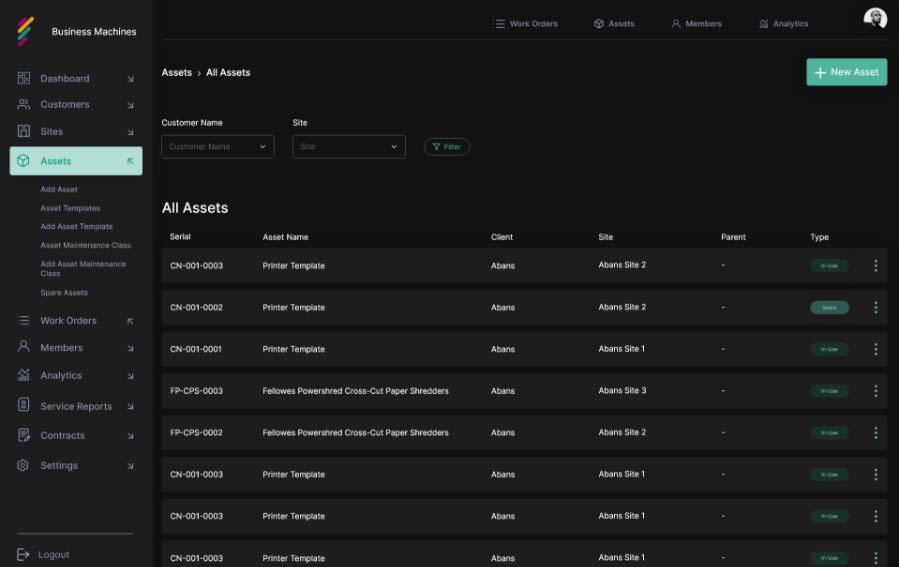Inventory management in CMMS helps organizations reduce costs, improve maintenance efficiency, minimize equipment downtime, and ensure regulatory compliance, resulting in more effective asset management and increased operational effectiveness.

Efficient parts and inventory management helps minimize stockouts, overstocking, and obsolete inventory. This reduces costs associated with rush orders, excessive carrying costs, and wasted materials.


Having accurate and up-to-date inventory information enables better planning and scheduling of maintenance activities. Maintenance teams can easily identify available parts, track usage, and anticipate reorder points, ensuring timely repairs and reducing equipment downtime.
Quick access to parts and materials streamlines the maintenance process. Technicians can easily locate and retrieve the required components, reducing time spent searching for parts and increasing overall productivity.

Fieldsmart CMMS inventory management allows for proactive maintenance. By tracking parts usage and equipment history, maintenance teams can identify patterns, predict failure points, and schedule preventive maintenance to avoid costly breakdowns.
Fieldsmart inventory management capabilities often include features for tracking regulatory requirements and ensuring compliance. This ensures that the right parts and materials are available when needed for maintenance tasks that adhere to safety and regulatory guidelines.
Parts and inventory management in Fieldsmart CMMS enable accurate asset tracking. Each part can be associated with specific assets or equipment, allowing for precise tracking of usage, costs, and lifecycle management.
Fieldsmart CMMS inventory management helps optimize the purchasing process. By tracking stock levels and automating reorder notifications, maintenance teams can avoid stockouts, minimize emergency purchases, negotiate better pricing with suppliers, and optimize inventory levels.
With Fieldsmart, you can unlock the true potential of your maintenance operations. Say goodbye to inefficiencies and embrace a new era of streamlined processes, optimized resource utilization, and data-driven decision-making.